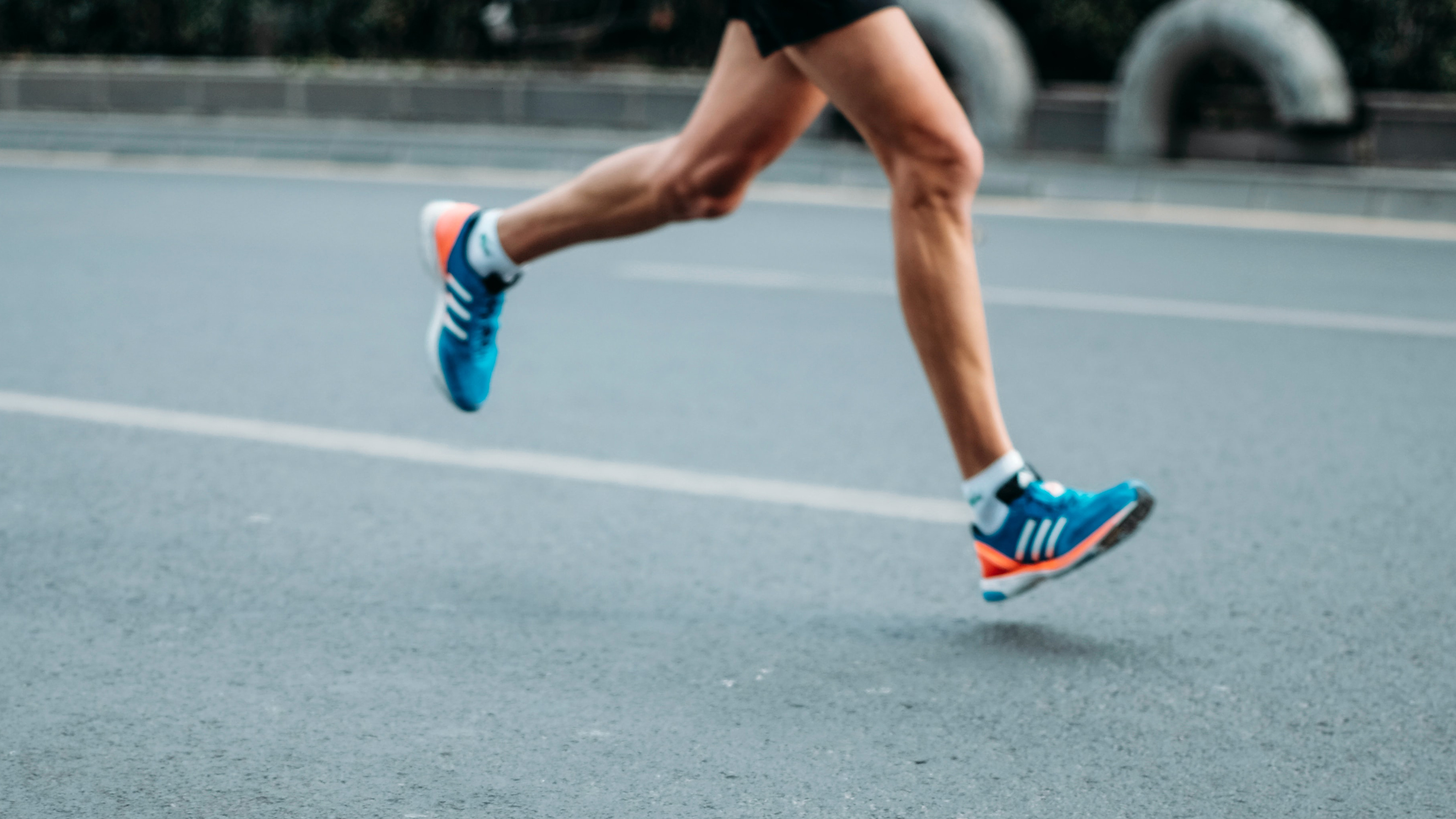Three running mistakes you're probably making, according to an expert
Ready to change running forever? A running expert breaks down three common mistakes you're probably making


Considering it's such a simple idea, running can often get very complicated. With lots of talk about drops in running shoes, pronation, gait analysis and more technical terms, it's easy for the first-timer to feel out of their depth. Surely there's not much more to it than putting one foot in front of the other until you're very tired and you've burned a lot of calories?
As it turns out, there is. If you're relatively new to running, don't panic: we've got you. Our best running shoes for men and best running shoes for women guides will take you through everything you need to know when buying running shoes for the first time. But as well as having all the kit, it's handy to know how your body and stride works so you can ensure you're hitting those PBs and enjoying your run that much more.
We've tapped Benjamin Priddle, sports scientist at smart running insole creators NURVV, to give you some expert tips to think about next time you lace up. Even experienced runners need to be thinking about these, and they're just as likely to be making these very common mistakes.
Mistake 1: You don't know your footstrike
Heel, midsole or forefoot? Your footstrike is, quite simply, the name for which area of your foot strikes the ground first. Runners have been arguing over what footstrike is better for decades, but Priddle doesn't believe there's an all-or-nothing approach.
'There is no “one-size fits all” approach to footstrike, and what footstrike works for one person, may not be what is right for another,' he says.
'With that being said, it is useful to monitor what footstrike type you typically use, and to identify whether you are running with a balanced gait (the same footstrike on both sides).'
Running with different footstrikes on different feet can lead to imbalance and injury. By paying attention to which part of your feet hit the ground first, you might be able to make some adjustments to reduce the risk of injury. Consider getting a "gait analysis" done at a running shoe store like RunnersNeed, or record yourself running on a treadmill to find out where you stand (or land, as the case may be).
Start your week with achievable workout ideas, health tips and wellbeing advice in your inbox.

Mistake 2: You're rolling your feet and suffering from "pronation pain"
'Pronation is the inward rolling motion of the foot on contact with the ground,' says Priddle. 'Neutral pronation can be a way of maintaining optimal biomechanics of the foot and ankle. Over and under pronation have been linked to higher injury risks because of the stresses put on the soft tissues of the leg.'
If your running is generally pain-free, Priddle says there's no real need to try and change what you're doing. But if you're experiencing muscle and joint pain, it's worth undergoing a gait analysis at a running store, or with smart insoles, to identify any issues.
You can also check your running shoes for an indication of which way you lean: if the outer edge is worn down much more than the inner edge, you're over-pronating. The same applies to the other side: if the inner edge of your running shoe soles are worn, you're likely an under-pronator.
Once you know what you're dealing with, you can buy special motion control shoes or stability shoes (ASICS has a great range) or shoe inserts that can help correct your running stride.
Mistake 3: You're making your steps too long (or too short)
'Speed is determined by how fast you can turn your legs over, and also the ground covered on each step. This makes both step length and cadence [the amount of steps you're taking within one minute] critical to running performance.'
If you're trying to go faster, you might be trying to take longer steps to increase the amount of ground you're covering. However, don't try to make the changes too drastic: if your steps are too long, your cadence suffers, and vice versa.
Priddle says: 'If someone looks to increase both step length and cadence by too much, they will unlikely be able to maintain this gait and performance will drop as a result.' Maintain a rhythm that feels natural for you and stick with it: as you get fitter with practice, your body will get faster over time. Trust the process.
Matt Evans is an experienced health and fitness journalist and is currently Fitness and Wellbeing Editor at TechRadar, covering all things exercise and nutrition on Fit&Well's tech-focused sister site. Matt originally discovered exercise through martial arts: he holds a black belt in Karate and remains a keen runner, gym-goer, and infrequent yogi. His top fitness tip? Stretch.
